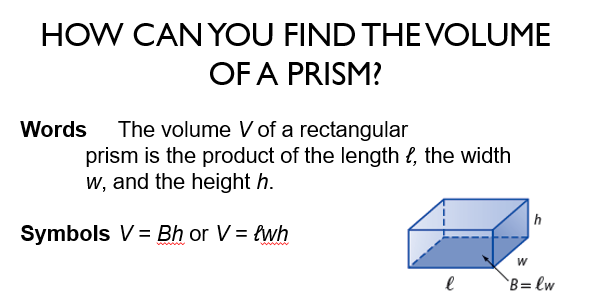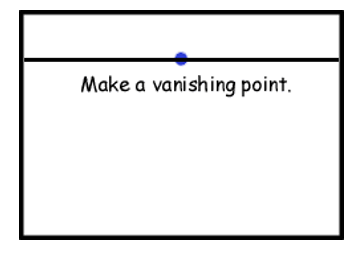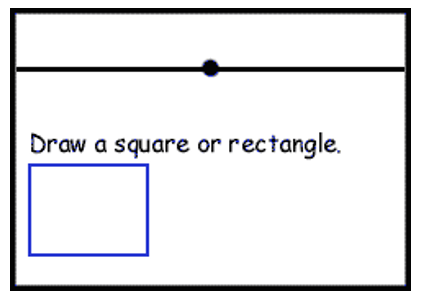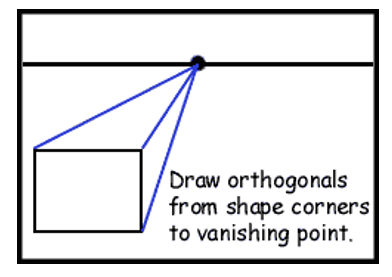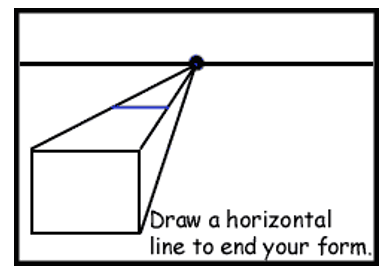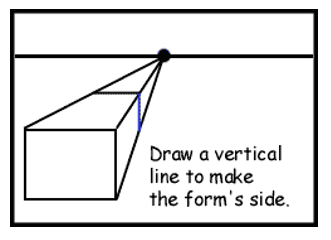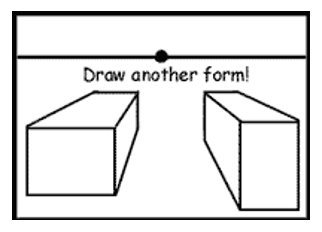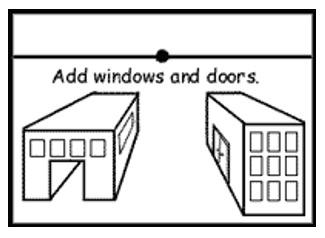Where I'm From: Personal Narratives and the Power of Placement
“Boogie jive and rap is life where I'm from
Where I'm from, Ahmad play with Izzy where I'm from
Where I'm from, it be like, ‘run your coat black’
Jupiter, keeps her fat beats by the pack
Where I'm from, nappy hair is life
We be reading Marx where I'm from
The kids be rockin Clarks where I'm from
You turn around your cap, you talk over a beat
and dig some sounds boomin out a jeep ” - Butterfly of Digable Planets
Hip-Hop has the ability to make significant connections between people, their cultures, and the environment or conditions in which they are placed. As students continue to develop, they begin to think more abstractly, while simultaneously gaining a higher sense of self. The emotional and expressive qualities that tie into this development can ultimately assist in generating the students’ identities. In return, they not only learn more about themselves, but they also understand more about the outside world. For instance, students could identify certain social issues that exist within a given society and reflect on their own perceptions, as well as, the perceptions of others through aesthetic representations.
According to John A. Michael (1983), “The arts vivify and extend human experience, make us sensitive and aware of who we are and what we believe, mirroring ourselves and our society – even though somewhat painfully at times. A work of art presents thoughts, feelings, and perceptions for our contemplation” (p. 3) By incorporating the arts in the classroom, each student’s perception becomes part of a greater whole; a collective consciousness, if you will. Through this collective consciousness, a community is a developed that instills a sense of social responsibility, which can at least partially be conveyed and demonstrated aesthetically. The elements of Hip-Hop have always reflected the cultural expressions of the youth who resided in impoverished communities and had a dire need to make positive changes in their lives. Since then, several scholars and educators have recognized Hip-Hop culture as not only legitimate course of study, but also as a pedagogical tool in the classroom. This activity explores how Hip-Hop culture, in particular, could be utilized as a tool for social justice and community development, while also identifying and constructing landscapes with Geometry and Measurement.
Where I’m From (Perspective Projects)
Each year, my students engage in an activity called “Where I’m From”, which aims at developing geometric relationships with volume. These geometric relationships were to be created using one and two-perspective illustrations of landscapes that reminded the students of their communities. Additionally, students were responsible for writing a poem that describes their immediate surroundings. Essentially, I wanted the students to use an interdisciplinary approach to investigating space and how those spaces shape their identities. The volumes that were to be calculated with each building, house, etc. created, evidently takes up that space; however, their observations, feelings, emotions, and reflections evoking from their poetry gives them meaning.
To gain a little more insight and perspective, the students started the lesson by viewing a two-perspective photo of a building with a rusty fence in the front and graffiti on the wall that read, “Books Love the Kids”.
The students answered the following questions: Describe what you see in this picture. How does this inform us about this particular neighborhood? Who do you think lives here? Where do you think it is? Would you want to live here? Why or why not? After a brief discussion on the photo, I mentioned to the students how Hip-Hop artists would often times mention their neighborhoods , cities and states. These were often brought up by artists who viewed themselves as either the victims, or victors, of a system of oppression. Artists, such as: Nas, Kanye West, Jay-Z, Kendrick Lamar, etc. would usually put a strong emphasis on their immediate environments to allow listeners to visualize their upbringings and to bring awareness to the cause of their thoughts, words, and actions. For example, in Jay-Z’s song, “Where I’m From” he states,
“Check, I'm from where they cross-over and clap boards
Lost Jehovah in place of rap lords, listen
I'm up the block, 'round the corner, and down the street
From where the pimps, prostitutes, and the drug lords meet
We make a million off of beats, 'cause our stories is deep”
https://medium.com/yo-you-gotta-hear-this/why-jay-zs-where-i-m-from-trumps-his-best-boasts-a48f64246cd5
Once the students finished the discussion, they were introduced to perspective drawings that turns two-dimensional shapes to three-dimensional. They learned how to draw perspective illustrations and then were responsible for measuring the length, width, and height of their buildings. From these measurements, they were able to calculate the volume of their buildings. A tutorial on how to make perspective drawings and calculate the volume can be found below:
https://www.slideshare.net/rangcapan/perspective-drawing-1-point-a
Finally, students were responsible for writing a poem that describes their homes and/or communities. I provided templates for students who may struggle with this assignment.
An example of one my student’s poems can be found below:
I'm from sad places
solemn looks on children's faces
others don't know what it's like in poverty
we get our music in discography
everyone here hopin', prayin' that we don't get shot up
parents pouring beer in the cup
tryin' to forget
that they can't pay the bill
their kid's stomach ain't got it's fill
No where will compare
but the love is there
you just gotta dig,dig
but we hope we get the money big
happy folks scared of us
windows gotta be boarded up
we don't have nice things
we don't have that nice bling
we HAVE to rob
'cause of our bad jobs
life is bad here
but at least we can trust
that life here is bust.
By: Ruby Rodriguez (7th grade)
4/11/2016
In conclusion, Hip-Hop culture has the ability to support the cognitive and social development of students. As students continue to develop a greater sense of identity and possess a more advanced level of critical and analytical skills, they will begin to feel more confident in lending their voices. As a result, they will feel like they are contributing to and standing up for the greater whole. Ideally, this is an important aspect of the learning process, by making connections to the knowledge experiences they have gained and how it relates to the world around them. Then, they will truly realize that “it ain’t where you’re from, it’s where you’re at”. (Rakim, “In the Ghetto”)
References:
Michael, J. (1983). Art and Adolescence: Teaching Art at the Secondary Level. New York, NY: Teacher’s College




